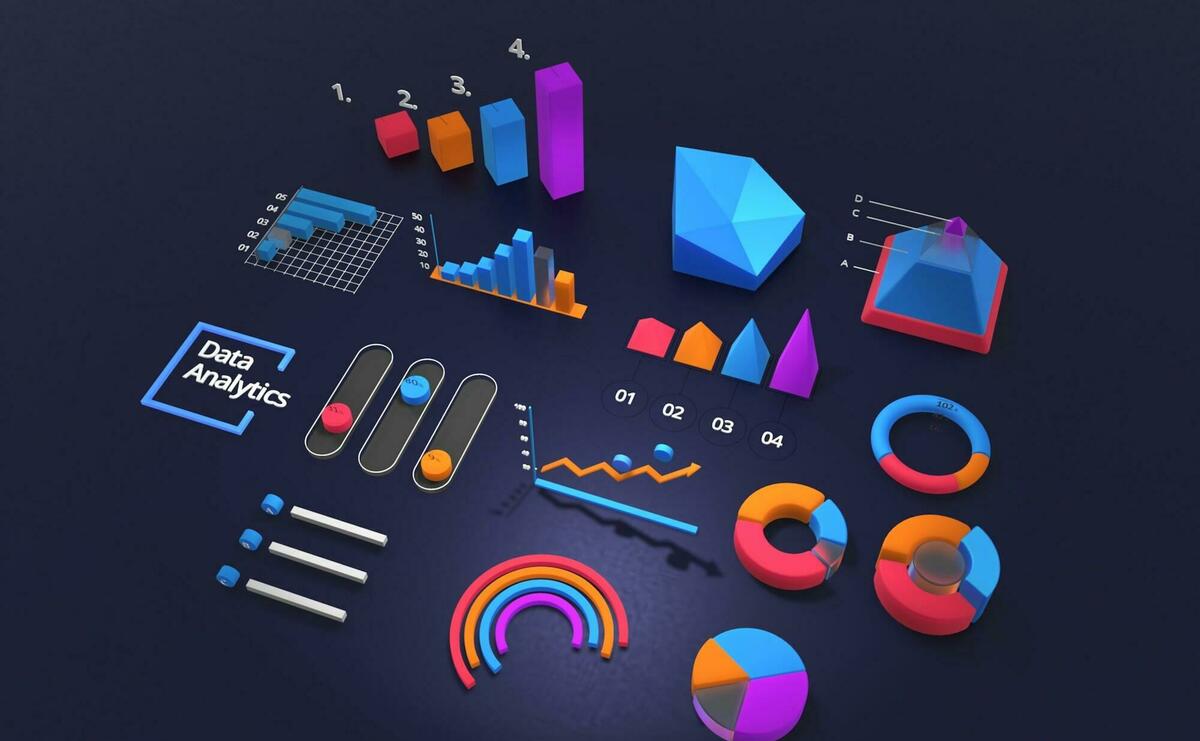What Is Predictive Analytics? How Can This Tool Help Organizations?
Predictive analytics is a powerful tool that allows organizations to use data to predict future events or trends. Organizations can use predictive analytics to make informed decisions about the future by analyzing historical data and identifying patterns and relationships. Here, we'll explore what predictive analytics is, how it works, how it can be used to transform data into future insights.

What Is Predictive Analytics?
Predictive analytics is a branch of advanced analytics that uses statistical modeling and machine learning algorithms to analyze historical data and predict future events. This approach involves using data mining techniques, machine learning algorithms, and statistical models to identify patterns in data and make predictions about future outcomes. Predictive analytics can be used in various industries and applications, such as marketing, finance, healthcare, and logistics.
How Does Predictive Analytics Work?
Predictive analytics works by using historical data to identify patterns and relationships. This data is then used to create statistical models and machine learning algorithms that can be used to make predictions about future events. The models are trained on historical data and then tested on new data to ensure that they are accurate and reliable.
Many different techniques and methods can be used in predictive analytics, including regression analysis, decision trees, neural networks, and clustering. Each method has its own strengths and weaknesses, and the choice of method will depend on the problem being addressed and the data being analyzed.
Applications of Predictive Analytics
Predictive analytics can be used in various applications to help organizations make informed decisions about the future. Here are a few examples of how predictive analytics can be used in different industries:
1. Marketing
Predictive analytics can be used to identify patterns in customer behavior and predict which customers are most likely to purchase a particular product or service. This can help organizations target their marketing efforts more effectively and increase the effectiveness of their campaigns.
A well-crafted mobile analytics tool can help marketers measure customer engagement and identify key customer segments to be targeted. Further, predictive analytics can help identify customers who are at risk of leaving and implement strategies to retain them.
2. Finance
Predictive analytics can be used in the financial industry to analyze historical market data and predict future market trends. This can help investors make more informed decisions about where to invest their money.
3. Healthcare
Predictive analytics can be used in healthcare to analyze patient data and predict which patients are most at risk for certain conditions. This can help healthcare providers identify high-risk patients and provide them with more proactive care.
4. Logistics
Predictive analytics can be used in logistics to optimize supply chain operations and predict when specific products need to be restocked. This can help organizations reduce waste and improve efficiency.
Predictive analytics derives its power from diverse approaches and techniques, including big data, data mining, statistical modeling, machine learning, and various mathematical procedures. Companies use predictive analytics to sift through current and historical data to find trends and forecast events and situations that should occur at a given time, depending on supplied parameters.
Organizations can use predictive analytics to uncover and utilize patterns in data to recognize dangers and opportunities. Models can be created, for example, to discover correlations between various behavior characteristics. Such models enable the assessment of either the promise or risk given by a specific set of variables, leading educated decision-making across multiple supply chain categories and procurement events.